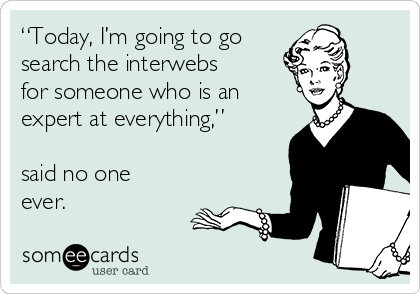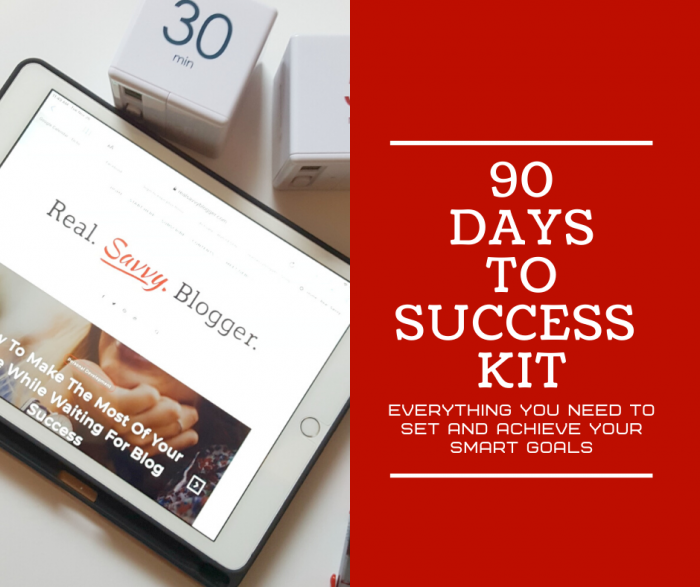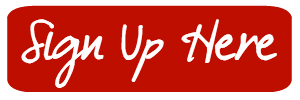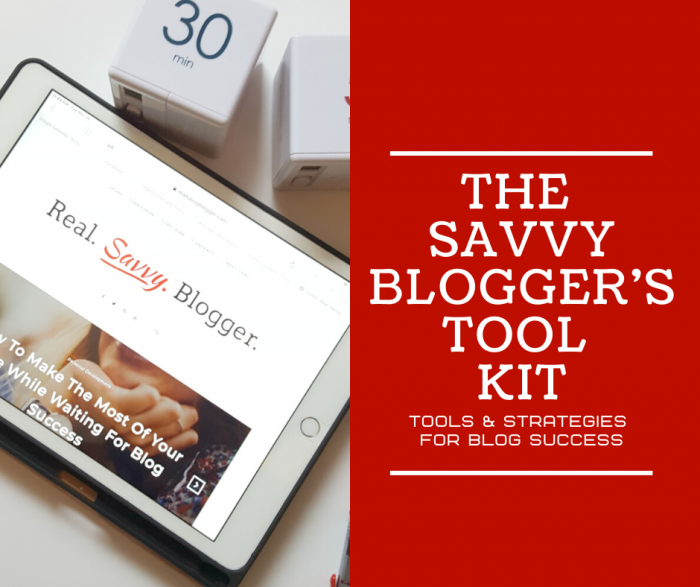So, you want to start your own blog…
Well, hot diggity! I love blogging. No, really, I mean I LOVE blogging.
Every time I meet someone new who asks what I do, I say, “I’m a blogger.”
Then I say things like, “It’s a wonderful way to share your knowledge, experience, ideas, and expertise with others.” Of course I’m standing there all calm, cool, and collected like, cuz that’s how I roll.
All the while, inside I’m jumping up and down and screaming, “I love blogging! I’m addicted! Help me! You wanna blog? Huh, huh, do ya? I can help you!”
Trust me, my inner-blogger-self is a hot mess. It’s not pretty, but it’s the truth. I admit it. I need help.
Now, let me be very clear here. It is one thing to start a blog. It is entirely something else to learn how to blog. The first one takes about 15 minutes if you believe the pretty graphics on Pinterest. The second takes a lifetime.

Photo by J. Kelly Brito on Unsplash
If you start a blog you will quickly conclude that you don’t know squat. When you finally do learn what squat is it will be outdated before you can say “Yahoo!” and you’ll be back to learning again. Hey, I’m just being honest here.
Starting a blog is exciting and it’s also a giant leap of faith.
Your questions right now might be,
- “How do I actually set up a blog?”
- “How much does it cost?”
- “Where do I find readers?”
- “What should I write about?”
All of these are great questions and all the answers are based on you. That’s right. When you determine the answers to these questions, your answers will determine which platform to use, how much it will cost, where to find readers, and what to write about.
I know you are probably very excited about starting your own blog but take your time. Don’t rush into a name or a URL or even a platform until you think through all the options and scenarios.
So, are you ready? Let’s do this…step by step.
Because I believe in being well equipped for success, I use affiliate links. If you decide to purchase something I’ve suggested I may get a small commission, at no additional cost to you. This income helps to pay for my site costs. Thank you for supporting my work in this way.
Step 1
Before you start a blog you need to answer one important question
Do you plan to make money from your blog, ever?
Now, think about this carefully. Right now it might be the furthest thing from your mind but you need to think ahead.
- Do you have a dream to write a book someday?
- Do you want to teach others a skill or a lifestyle?
- Would you like to share your experiences using products and get paid for it?
- Do you want to share information about a business you already own?
If you answered yes to any of these questions then you will want to leave the door open for making money on your blog. Your desire to reap some monetary benefits, even if down the road, will determine what type of blog you should set up.
Step 2
What you are going to write about? To niche or not to niche, that is the question.
Your niche is your area of expertise. I am a huge proponent of the blogging niche. It ensures long-term success and helps you attract readers.
Examples of niche are things like faith, knitting, homeschooling, cooking, DIY crafts, pregnancy, parenting, and marketing. These are just a few of the millions of choices you have for a niche.
You can get even more specific with a micro-niche. This is something specific in a larger niche such as support for single moms, activities for pre-schoolers, paleo cooking, wedding crafts, and marketing for small business owners.
When creating a niche blog it is important to make sure your topics relate to one another. If you want to write about homemaking, then having cleaning tips, recipes, kid activities, and money-saving ideas makes total sense.
What doesn’t make sense is all that plus political commentary and posts about how to fix computers.
You get it, right?
If you want to write a blog because you like to write, in a sense that is your niche.
If you want to make money with your blog, a niche is imperative and getting it right is going to be a lot of work. But I believe in you. You can do this.
Many people start blogging and say, “Oh, you know, I don’t want to pigeon-hole myself so I’m just going to write about whatever comes to mind.”
This is perfectly fine but also a difficult way to build your audience. Unless you are a celebrity with millions of fans who are clinging to your every word, fashion choice, and eating habit, it doesn’t matter how much you believe in your abilities, you are still going to have to prove yourself to your audience. Without a niche you will have to do it in all the topics about which you choose to write. That’s hard.
There are less than 10 people in the world who care equally about your opinion on vaccines, your enchilada recipe, your current reading list, and your words of wisdom.
However, there are 1 million+ people out there who care about a really good enchilada recipe. If you’ve got the chops to follow it up with delicious tamales, a killer lasagna, and some time or money saving grocery shopping tips, you’ve got a winner. No lie.

People get online to find answers to specific questions. They meander down rabbit trails and spend hours online not because they found the one person in the world who knows it all, but because one thing leads to another and one expert points to another expert who has something awesome to say.
What questions can you answer for someone else with your blog?
There is no rule that says you have to pick a niche but I highly recommend it. Your readers will thank you by sharing your content with others and by coming back to your site again and again. They will start to think of you first when they have a question about your area of expertise.
Step 3
It’s time to choose a name for your blog. You’d think this would be a simple process. But it’s not. Naming your blog is important. It’s also not as easy as it sounds.
Bloggers love to think up cute names for their blogs. I’ve seen some very creative offerings around the web. I must admit they are fun. But sometimes they don’t fit the content.
My number one tip for any new blogger is to choose a name that reflects your niche to a T.
My number two tip is to use your name for your blog URL if at all possible.
Now, before you get your knickers all bunched up because your name is Jane Smith, remember I said “if possible.”
There are three factors in play here. First, it is usually much easier to remember a person’s name than a blog title. (I may actually be the exception here. Nobody can say my last name.) What readers remember triggers how they search. Make it as easy as possible to find your site.
Second, because of social media people are conditioned to remember people’s names much more than titles. I have also found that it is much easier to network with others when you use your name whether virtually or in person at conferences and meetups.
Finally, you may have a deep connection to the name you choose for your blog. Your readers don’t have that same connection. So, while it makes total sense to you and has meaning for something in your life it may be confusing for others. If they have to wrack their brains to remember something about a pink vase or a butterfly moment they won’t last long and will move one to someone they can remember.
If your name isn’t available, and it may not be these days, choose a name that truly reflects your niche. Make it as memorable as possible without being difficult to spell.
Here’s how people can get to my blog: DebiStangeland.com (not the easiest one to remember or spell) and RealSavvyBlogger.com (right on the money – what you read is what you get.)
If you choose a cute name for your blog or your URL make sure it goes with your chosen niche. “The Yellow Vase” isn’t going to cut it. Dial down and get it perfect, even if it takes some time. There’s nothing worse than naming your blog and then realizing later how wrong you got it. (Not that I would have any experience with this. Cough!)
The exception to these two rules is if you have an established brick and mortar business. You should name your blog after your business.
If you still aren’t convinced there is an alternative that incorporates both of these options into one. Use your name as your URL but title your blog whatever you want. Bam! Problem solved. And yes, you can do that.

Photo by J. Kelly Brito on Unsplash
Step 4
Now, you need to determine which blogging platform is best for you. This is based on your answer to the questions in Step 1.
Here are your options for blogging platforms:
- Blogger (free)
- WordPress.com (free)
- WordPress.org (paid)
Free looks really good doesn’t it?
But wait. If you answered yes to the question in Step 1 “free” is only temporary. At some point you are going to need to plunk down some cash. Do you want to do it now or later?
TIP: It could cost a lot more later.
If you decide to start a free blog the time may come when you realize you need more bells, whistles, and support. You will need to change your blog over to a paid site.
Changing a blog over to a different platform is both difficult and time-consuming. It takes effort and will probably cost you money. So, think long and hard about the options. It might be a better investment to pay now for something you can grow into, rather than try to play catch up later.
- How do you know which platform is right for you? Here’s some advice:
If you are someone who doesn’t care to learn about growing a blog (you just want to share your heart or your knowledge), you don’t want to spend money, and blogging as a business is not your first, or even tenth, priority, then Google’s Blogger is the perfect place for you to set up your site.
Notice the criteria above are not this OR that, they are this AND this AND that. All need to apply for this to be your best option.
The beauty of Blogger is it’s free. You can get started in about 10 minutes. It’s the quickest, simplest way there is to start writing and sharing pictures for free.
The downside is you don’t own your content. Google owns it once you put it on their platform. For millions of users this makes absolutely no difference. If you are a knucklehead, however, and write stuff you know you shouldn’t or just want to be a troublemaker, Blogger is not for you.
Let me be very clear here, I love Blogger and I even have some sites on Blogger, so I will never say it can’t be used. In fact, I recommend it in many cases (as listed above) and have found it to be the best option for many people I talk to. But there are drawbacks as I hope I’ve communicated well above.
Here are the instructions for setting up a blog on Blogger.
If Blogger isn’t the right choice for you based on your answers to the questions I posed, then WordPress is the place to go.
Here’s where it gets tricky. There is WordPress.com and WordPress.org.
WordPress.com is a free site with limited access to extras like widgets and customization. I don’t recommend it but if you want free this might be an option for you. Here are the instructions to start your site.
If free is tempting but you decide you want to really do this blogging thing then WordPress.org is where you want to start your blog.
There are lots of technical layers to WordPress.org but don’t let that scare you. All you need to know right now is it’s a place you can start a blog and start writing almost immediately.
- Here’s the low-down on setting up a paid site.
There are some costs involved with starting a WordPress.org blog.
First, you need to buy a domain. I recommend using NameCheap.com. This is a very reputable site with good prices and strong customer support. You won’t be hosting your blog with them, just purchasing your URL.
It should cost you between $5 and $15 dollars per year for your URL/domain. If you can get a .com name it should be your first choice. If not, .net, .me, or .us are also good choices.
There are a lot of fun URL choices these days such as .rocks, .guru. and .ninja. I would choose these only if they fit your niche. Remember that niche you decided on?
Second, you need to find a blog host.
There are many different hosting companies with a wide variety of pricing and options available. Each company has it’s own pros and cons. Your experience will be your own and it will be different from other bloggers because of your niche, needs, and goals.
I currently use HostGator and have for over 10 years. I mostly refrain from recommending hosting companies. In this instance I say Google it if you want and make your own choice. Just remember there are wide differences in price and support. You usually get what you pay for. For newbies, HostGator is perfectly fine. I’m not a newbie anymore and I still love them. So, that’s that.
Hosting can cost you anywhere from $3 to $50 per month, depending on what type of service you choose, what company you use, and how many years you pay in advance.
Some companies have special WordPress packages. I don’t think you need these. The HostGator Baby package works just fine for almost any blogger. I would choose this over the Hatchling plan for potential growth and the option to add more URLs.
To keep things simple for a basic blog, a shared hosting plan is a suitable choice.
Finally, you need to direct your new URL from NameCheap.com to your new host.
Here’s how to do that on HostGator.
If you’ve used another hosting service, please contact their customer support for instructions.
Okay, so now you know what you are going to write about, you’ve chosen a name for your site, and you’ve either jumped on the Blogger bandwagon or decided to go with a WordPress site and purchased a domain name and bought some hosting.
To set up your WordPress site on HostGator I recommend this series of short videos.
Step 5
The first four steps for starting your own blog are just the beginning. Now, comes a lifetime of learning how to blog.
To help you make that leap I’ve set up a Pinterest library filled with helpful blog posts you can use to grow a blog you love.
You will also want to start reading everything you can about how to write posts, share them on social media, and draw readers in to your new blog.
Here is your first blogging assignment after set up your site:
- Hit the ground running by starting right here on your journey of discovery.
The joy of blogging lasts a lifetime. Make sure you do it right from the beginning for optimal enjoyment and maximum chances at success. You can totally do this.
Tools you can use
Success comes to those who know where they are going. Do you?
Dreams are an important part of your success, but without setting goals to achieve them, they remain just dreams.
This kit will walk you through the steps you need to make your dreams a reality. You can then use the information to stay focused, keep distractions at bay, and achieve the success you’ve always wanted.
Welcome to your next 90 days.
Setting up a blog takes only a few minutes. Learning HOW to blog takes a bit longer. You can establish a firm foundation for your blog with just a few steps.
In this kit you’ll receive 10 self-directed lessons to help you establish a posting routine, simple, sustainable social media strategies, weekly SMART goal worksheets, and much more.
Don’t try to wing it. Get the help you need to get started the right way and success will follow.
You’ll be a savvy blogger in no time. Happy blogging!




